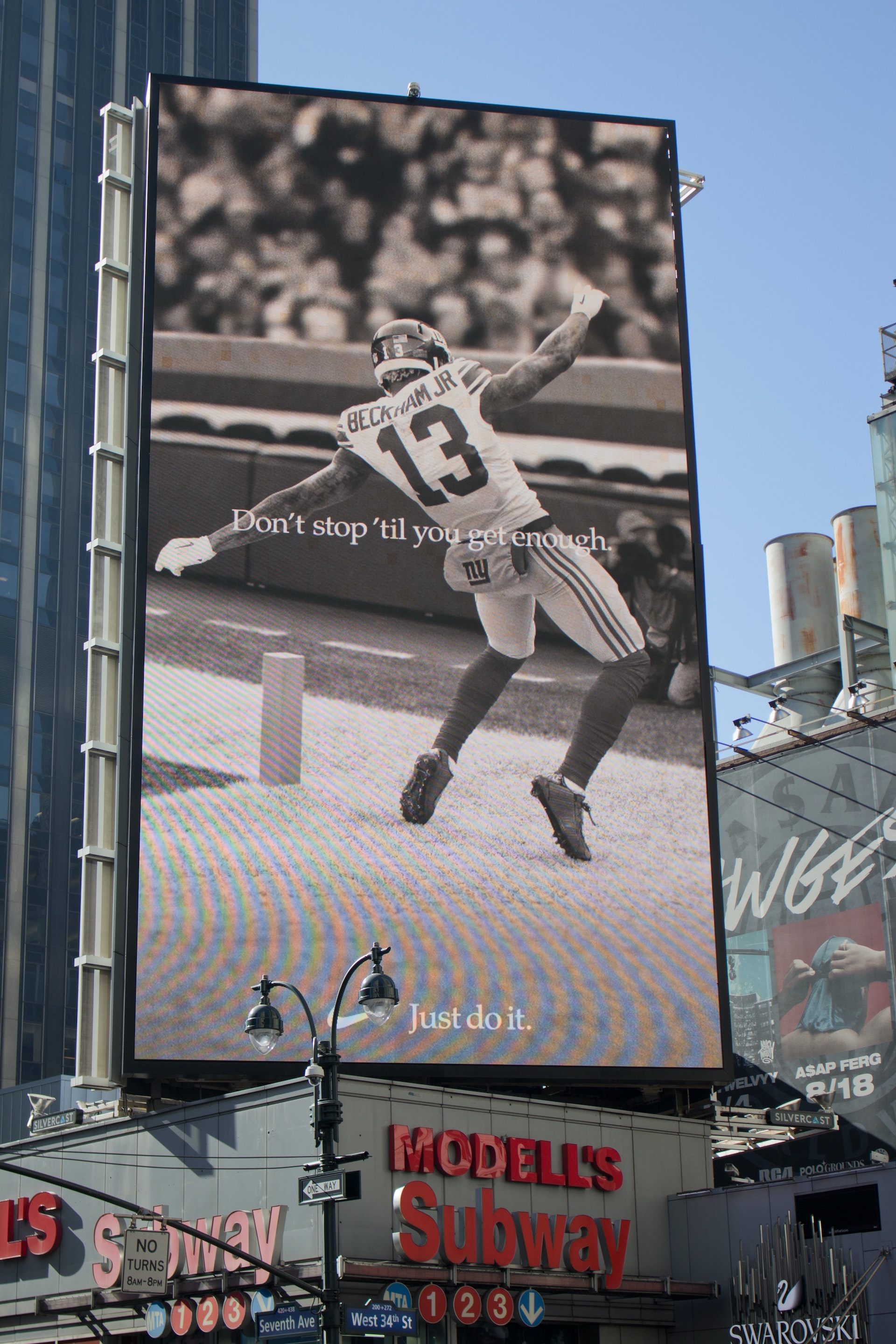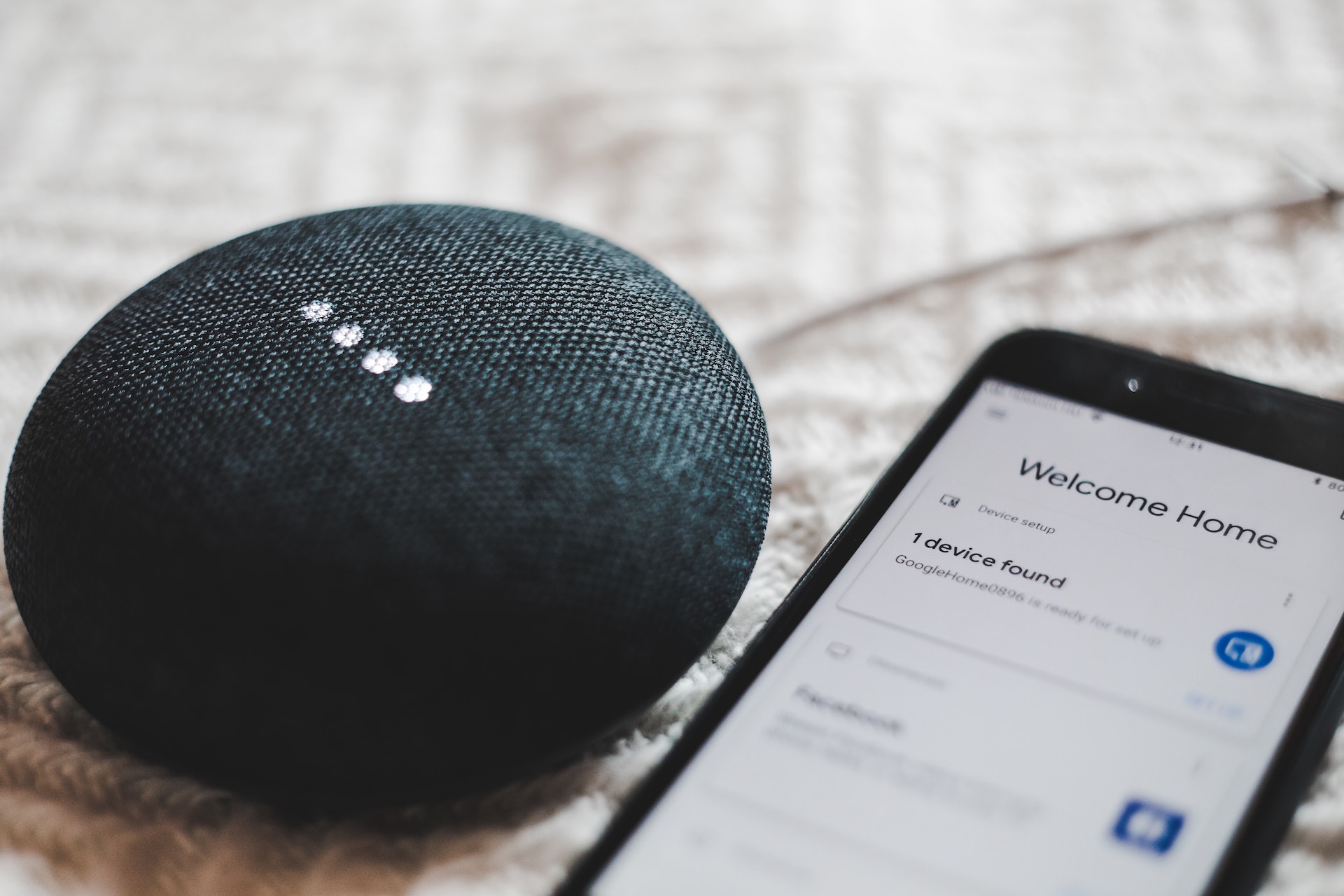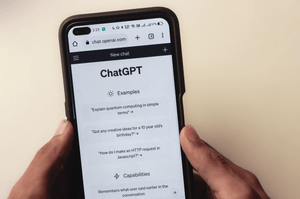Finding Your Brand Voice

Find your Brand Voice by first identifying your brand's personality attributes. The word choice, syntax, and tone of all of your brand's communications should flow from that.
At ZeBrand, we believe your vision deserves to be seen and realized. In this content series, we help you use brand as a tool to power up your business and jumpstart your growth.
Welcome to Part 8 of A to Ze of Brand Building -- 'Finding Your Brand Voice'. (Read Part 7 here if you missed it!)
------------
“Step into a new world of sound.”
“Boom. Boom. Boom.“
“Bigger drivers for deeper bass.”
“Feel every heartfelt beat.”
Above are four different headlines that communicate the same product benefit: Bigger speaker drivers in a new set of headphones. But notice how these four lines all have different overtones and channel different emotions? That’s the power of language. And it’s precisely this difference that you can use to set your brand apart and get your brand positioning across.
Today, we talk about how you can use language to enhance your brand’s expression, but most of all, how it connects with people.
Ever since the dawn of advertising, brands have used language to tell their stories. Taglines were more than just a call to action—they were witty ways of hinting at the character or value of a product. One-worders like ‘Unbreakable’ is used to describe a Jeep, and Coca-Cola claiming that “It’s the Real Thing” is a jab at the height of its battle with Pepsi. Some declare industry-changing claims, like Apple’s ‘Think Different’. But what all of these prove is that language drives consumer perception and, in turn, behavior.
This isn't just about the content of communication. It's as much about the style. Just as brands look a certain way, they also speak and sound a certain way too—and sometimes this literally says as much about them, and sometimes more, than their appearances. A person's way of speaking, choice of words, and tone are just as distinctive as the way they look or dress. This source of differentiation is what we call Brand Voice.

Photo by Yüksel Göz on Unsplash
So, how do we find our brand’s voice?
When you position your brand around a core human need, simply ask yourself: What kind of language will be the most persuasive to serve that need? This is where 'personality attributes’ come in handy—adjectives or short descriptive phrases that describe your brand as if it were a human being. Let's explore how they work.
If your product aims to bring accounting software and knowledge within the reach of as many people as possible, it might have to sound ‘educational’, ‘simple’, and ‘logical’. So ask yourself how someone with these characteristics might speak about your product. Instead of saying, 'A centralized invoicing solution for superior financial management for small to medium sized business’, they might instead say, 'As you grow, a single dashboard will help keep your eyes on the prize’. The latter has more personality and addresses the entrepreneurial spirit directly.
Another example: If you’re launching a venture that enables people to find exotic, pristine, and untouched places to travel, your brand might be ‘alluring’, ‘whimsical’, and ‘imaginative’. So maybe instead of saying, 'An innovative bookings platform to access far-flung and remote locations’, a person with the three characteristics above might say, 'Hear the call of distant mountains. Heed it and book now.’
As you identify and write in the voice of your brand’s persona, here are a few things you can begin to think about:
Word Choice: What words should I use to convey my message?
There are hundreds and thousands of words in the English Dictionary, but the choice you make in selecting these words plays a large role in defining the tone of your brand and setting it apart from others. Choose words that best suit the tone of your personality. If you’re a smart car manufacturer with a mysterious and alluring brand personality, you might ask drivers to ‘summon’ their car, rather than ‘call’ it. If you’ve created a new collaboration platform for creative freelancers, that button might say ‘buzz the team’ instead of plainly, ‘start the chat’. You can use language to give services greater sophistication too. Let’s say you’ve created a premium cinema experience. Instead of telling people to ‘Grab a popcorn and soft drink’, you might elevate that to say, ‘Help yourself to a refreshment and light snack’.

Photo by BENCE BOROS on Unsplash
Syntax: How do I construct sentences to get my point across?
Syntax, or the way words are put together to form sentences and paragraphs, combined with word choice can be very expressive. Ask yourself, are you writing a command? A description? An exclamation of joy? Do verbs come first, in the middle, or last? For instance, ‘Money transfers at the speed of life!’ is a world apart from ‘Accelerate transactions for greater convenience’. Paying attention to syntax also allows you to simplify and humanize what can be quite technical language. Compare these two: ‘16GB of RAM provides greater computing power and supports multi-tasking between programs for greater productivity’ versus ‘Get more done in more places with 16GB of RAM’. You can already imagine how different these audiences might be.
Tone: Does the language I'm using channel my personality attributes?
Always ask yourself if your language is in the right tone and whether it reinforces your brand’s personality. Word choice and syntax contribute to tone, but other aspects like the length of your sentences and whether you embellish them with adjectives rather than keep them simple also make a difference. Food writing is an interesting example of this. In describing a piece of chocolate, you’ll find everything from ‘A sweet treat’ all the way to ‘Delicate decadence with the tang of orange zest’. You can already imagine how different people might be attracted to one over the other. Tone becomes all the more important when you’re dealing with things that have immense impact on our lives. Think about innovation in the health services space: ‘Cutting edge technology for Virtual Medical Advice’ sounds a lot riskier than ‘Reach the best doctors, wherever you are.’ That softer, comforting tone of voice might be what encourages people to get the help they need.
A leaf from the book of poetry
Crafting headlines in a brand’s voice can sometimes feel a bit like writing poetry. You're trying to make an emotional connection in a small amount of real estate. This is why brand writers sometimes like to use poetic techniques. It's not a must but a useful tool to consider. Here are two that you might often spot: Alliteration allows you to enhance the flow of phrases by starting them with the same sounds: Rivalry Reigns. Choose our Cheese. Clever Computing. Another technique might be introducing subtle rhymes in select areas of a paragraph: I mean why not introduce some rhyme? Given its impact, it’s probably worthy of your time.
On this poetic endnote, words have the power to inspire, support, persuade, and change behaviors within your audience. And it’s words that you can use to not just visualize your vision, but verbalize it too.

A to Ze of Brand Building is a 10-part series about all things branding, with an eye to using branding to engage your customers and grow your business. Continue on to Part 9: Debunking Brand Myths.


